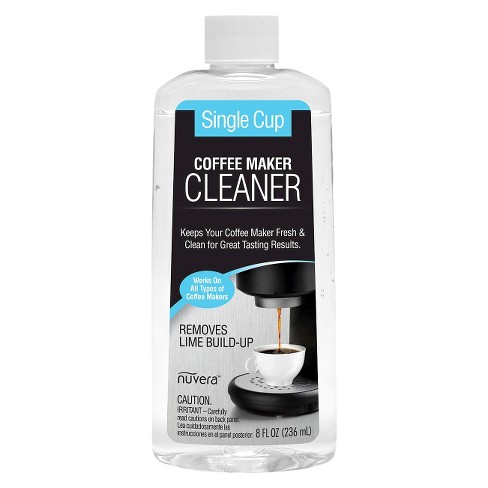Ever wondered what the best liquid to clean a coffee maker is? Cleaning your coffee maker is essential for maintaining the quality and flavor of your beloved brew. In this article, you’ll discover the most effective liquids you can use to clean your coffee maker, their benefits, and step-by-step instructions to ensure your machine stays in top shape.
Why Clean Your Coffee Maker?
Over time, coffee makers can accumulate oils, hard water deposits, and even mold. This can lead to off-tasting coffee, a malfunctioning machine, and potential health risks. Regular cleaning helps maintain the flavor of your coffee, ensures that your machine runs efficiently, and can even extend the life of your coffee maker.
Common Cleaning Liquids
Let’s take a look at some common options available for cleaning your coffee maker and examine their pros and cons.
Water and Vinegar
A mixture of water and white vinegar is one of the most popular and effective cleaning solutions for coffee makers. It helps remove mineral deposits and coffee oils, ensuring that every cup tastes as fresh as possible.
Pros:
- Affordable
- Easily accessible
- Effective against mineral buildup
Cons:
- Strong smell of vinegar (temporary)
- Requires thorough rinsing
Lemon Juice
Lemon juice is another natural and effective cleaning agent. It contains citric acid, which breaks down mineral deposits and adds a pleasant, fresh scent.
Pros:
- Natural and eco-friendly
- Pleasant aroma
- Effective on mineral buildup
Cons:
- Requires a large amount of juice
- Can be expensive if using fresh lemons
Commercial Coffee Maker Cleaners
There are several commercial cleaners specifically designed for coffee makers. These cleaners are formulated to dissolve and remove all types of residue that can accumulate.
Pros:
- Highly effective
- Easy to use
- Designed specifically for coffee makers
Cons:
- Can be expensive
- May contain chemicals
Baking Soda Solution
Baking soda is another household item that can be used to clean your coffee maker. Its mild abrasiveness helps remove stains and deposits, while its deodorizing properties tackle any lingering odors.
Pros:
- Non-toxic and eco-friendly
- Inexpensive
- Removes odors effectively
Cons:
- Requires more effort to dissolve
- Might leave a residue if not rinsed thoroughly
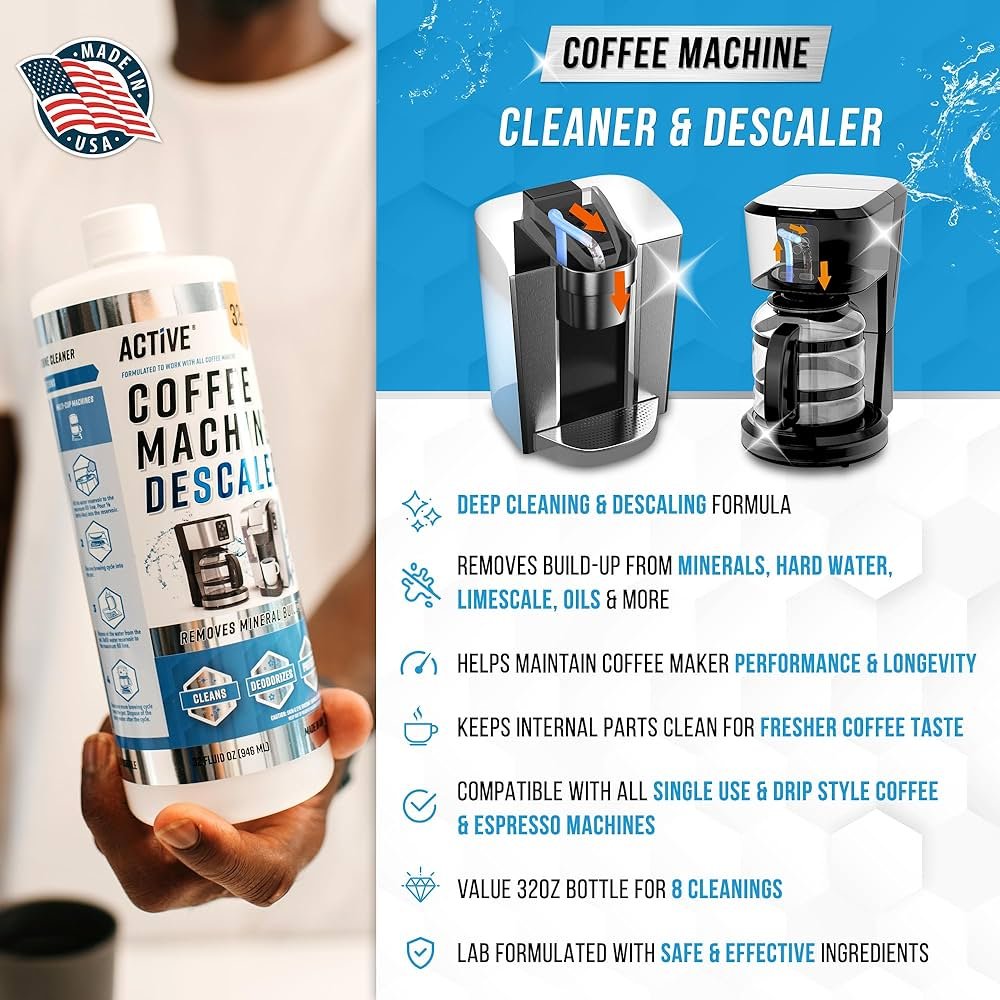
Step-by-Step Cleaning Instructions
Using Water and Vinegar
- Prepare the Solution: Mix equal parts of white vinegar and water.
- Fill the Reservoir: Pour the mixture into the coffee maker’s water reservoir.
- Run a Brew Cycle: Start a brew cycle and let it run halfway.
- Pause: Pause the cycle and let the solution sit for 30 minutes.
- Resume: Complete the brew cycle.
- Clean Brew: Run a couple of brew cycles with clean water to rinse out the vinegar taste.
Using Lemon Juice
- Prepare the Solution: Mix one part lemon juice with one part water.
- Fill the Reservoir: Pour the mixture into the coffee maker’s water reservoir.
- Run a Brew Cycle: Start a brew cycle and let it run until complete.
- Rinse: Run several brew cycles with clean water to ensure no lemon taste remains.
Using Commercial Cleaners
- Follow Instructions: Refer to the manufacturer’s directions on the cleaner’s packaging.
- Fill the Reservoir: Pour the recommended amount of cleaner into the water reservoir.
- Run a Brew Cycle: Start a brew cycle and complete it.
- Rinse: Run a few brew cycles with clean water to flush out any remaining cleaner.
Using Baking Soda
- Prepare the Solution: Dissolve ¼ cup of baking soda in a pot of warm water.
- Fill the Reservoir: Pour the baking soda solution into the coffee maker’s water reservoir.
- Run a Brew Cycle: Start a brew cycle and let it complete.
- Rinse: Run several brew cycles with clean water to remove any leftover baking soda.
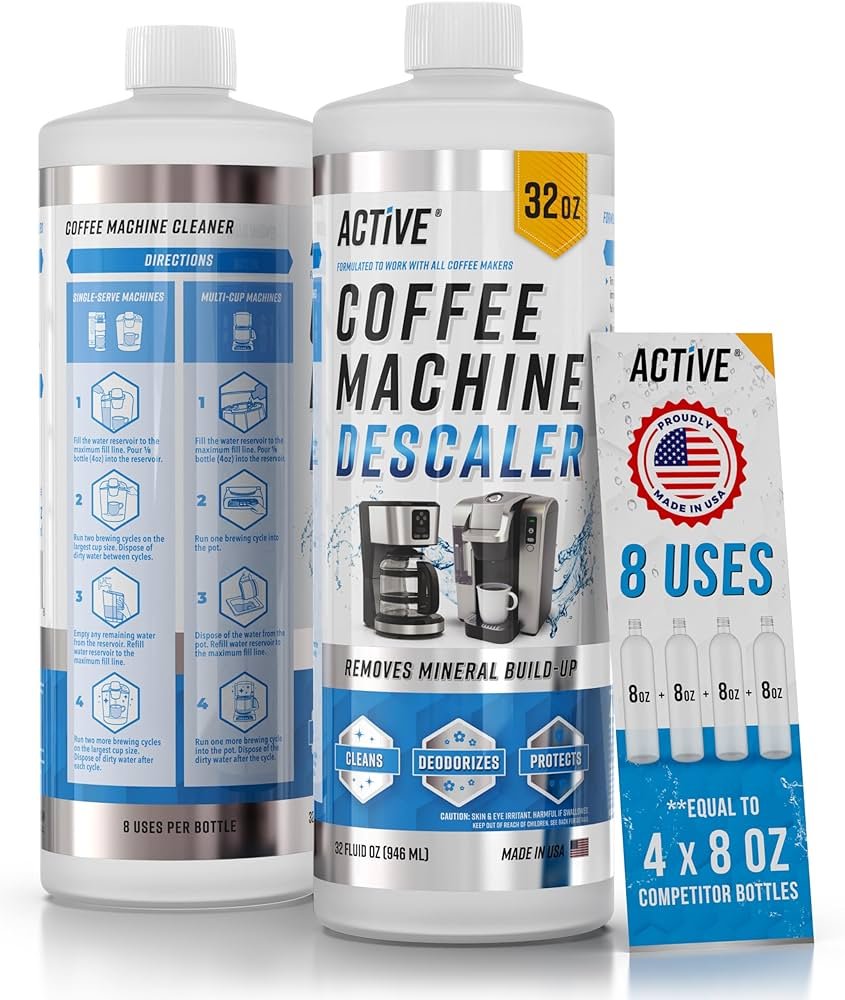
Maintenance Tips
Regular Cleaning
To keep your coffee maker in prime condition, you should clean it monthly using one of the methods described. Regular cleaning prevents buildup and ensures that your coffee remains delicious.
Daily Cleaning
- Empty the Carafe: Always empty the carafe and rinse it after each use.
- Wipe the Exterior: Clean the exterior of your coffee maker with a damp cloth to remove any spills and stains.
Descaling
Descaling your coffee maker is essential, especially if you have hard water. This process removes mineral deposits that can affect the taste of your coffee and the efficiency of your machine. You should descale your coffee maker every 3–6 months, depending on your water hardness.
Filter Replacement
If your coffee maker uses a water filter, make sure to replace it according to the manufacturer’s instructions. A clean filter ensures that impurities in the water don’t affect the taste of your coffee.
Storage
If you plan to store your coffee maker for an extended period, make sure it’s thoroughly cleaned and dried. This helps prevent mold and mildew from forming inside the machine.
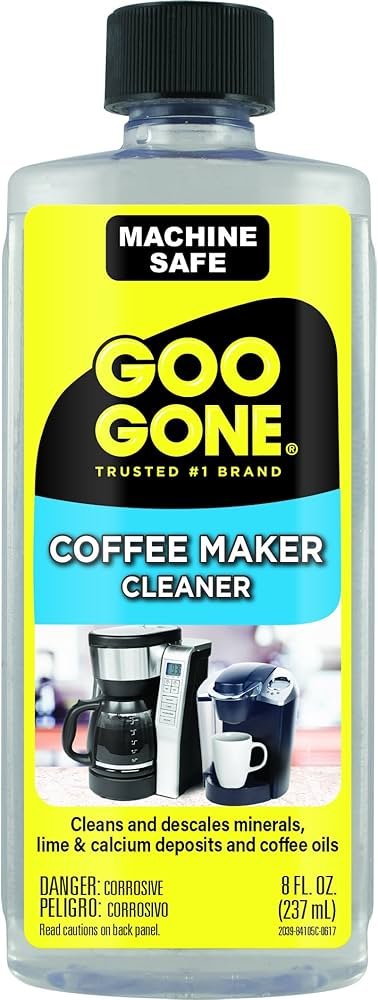
Alternatives to Liquid Cleaners
If you’re interested in alternative methods to liquid cleaners, there are a few options available:
Vinegar Tablets
- Tablets Formulation: Some brands offer vinegar in tablet form, which simplifies the process of measuring and mixing.
- Easy to Use: Simply drop a tablet in the water reservoir and run a brew cycle.
- Rinse: Follow up with a few cycles of clean water.
Denture Tablets
- Effervescent Cleaning: Denture tablets are designed to break down stains and deposits through effervescent action.
- Instructions: Drop one or two tablets in the water reservoir filled with water.
- Run and Rinse: Complete a brew cycle followed by several rinse cycles with clean water.
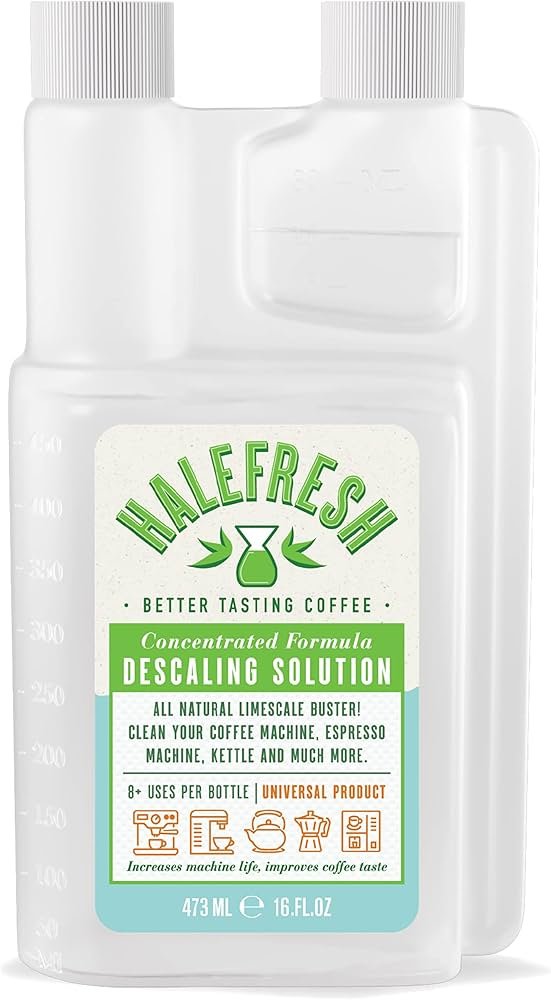
Summary Table
| Cleaning Liquid | Pros | Cons |
|---|---|---|
| Water and Vinegar | Affordable, Effective, Accessible | Strong smell, Requires thorough rinsing |
| Lemon Juice | Natural, Pleasant Aroma, Effective | Expensive, Requires a large amount |
| Commercial Cleaners | Highly Effective, Easy to use | Expensive, May contain chemicals |
| Baking Soda | Non-toxic, Inexpensive, Deodorizes | Requires effort to dissolve, Possible residue |
By choosing the right cleaning liquid and following these easy steps, you can ensure your coffee maker continues to brew delicious coffee day after day. Whether you go for a natural solution like vinegar or lemon juice, or opt for a commercial cleaner, regular maintenance is key to enjoying the perfect cup of coffee.

